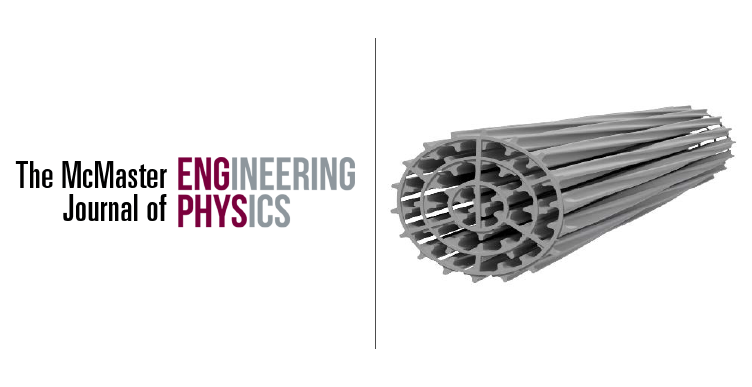A Comparison of Silicon Germanium Oxide Growth and the Deal-Grove Model
Abstract
Silicon germanium and its potential in silicon photonics is an area of interest. The growth of thermal oxide on pure silicon is a well understood phenomenon, with the Deal-Grove model being able to accurately describe it for flat surfaces. The model for SiGe oxidation growth is not as well understood, due to the more complex factors involved. This study attempts to give a qualitative comparison between SiGe oxide growth and the Deal-Grove model for better understanding of what rates are dominating at which times and oxide thicknesses. The data collected in this study was collected for the purpose of studying the germanium profile in the SiGe after oxidation, but for this study the oxide thicknesses will be investigated. Due to large uncertainties and an insufficient amount of data points to draw definite conclusions, the main purpose of this study will be to act as a precursor to a more in depth study, and the areas that are found to need improvements will be looked at and improved for the next study. The results found in this study support the expectation that the SiGe growth is more rapid than pure silicon, and finds that the rate levels off as the oxide becomes thicker in a possibly parabolic manner, similarly to the Deal-Grove model.References
B. E. Deal and A. S. Grove. General Relationship for the Thermal
Oxidation of Silicon. J. Appl. Phys., 36:3770{3778, 1965.
J. D. Plummer, M. D. Deal, and Grin P. B. Silicon VLSI Tech-
nology. Prentice Hall, 2012.
W. S. Liu, E. W. Lee, M-A. Nicolet, V. Arbet-Engels, K. L.Wang,
N. M. Abuhadba, and C. R. Aita. Wet Oxidation for the GeSi at
C. J. Appl. Phys., 71:4015, 1992.
M. A. Rabie, Y. M. Haddara, and J. Carette. A Kinetic Model
for the oxidation of Silicon Germanium Alloys. J. Appl. Phys.,
, 2005.
D. C. Paine, C. Caragianis, and A. F. Schwartzman. Oxidation of
Si1
Downloads
Published
2018-01-16
Issue
Section
Articles
License
Authors who publish with this journal agree to the following terms:Authors retain copyright and grant the journal right of first publication with the work simultaneously licensed under a Creative Commons Attribution License that allows others to share the work with an acknowledgement of the work's authorship and initial publication in this journal.
Authors are able to enter into separate, additional contractual arrangements for the non-exclusive distribution of the journal's published version of the work (e.g., post it to an institutional repository or publish it in a book), with an acknowledgement of its initial publication in this journal.
Authors are permitted and encouraged to post their work online (e.g., in institutional repositories or on their website) prior to and during the submission process, as it can lead to productive exchanges, as well as earlier and greater citation of published work.


